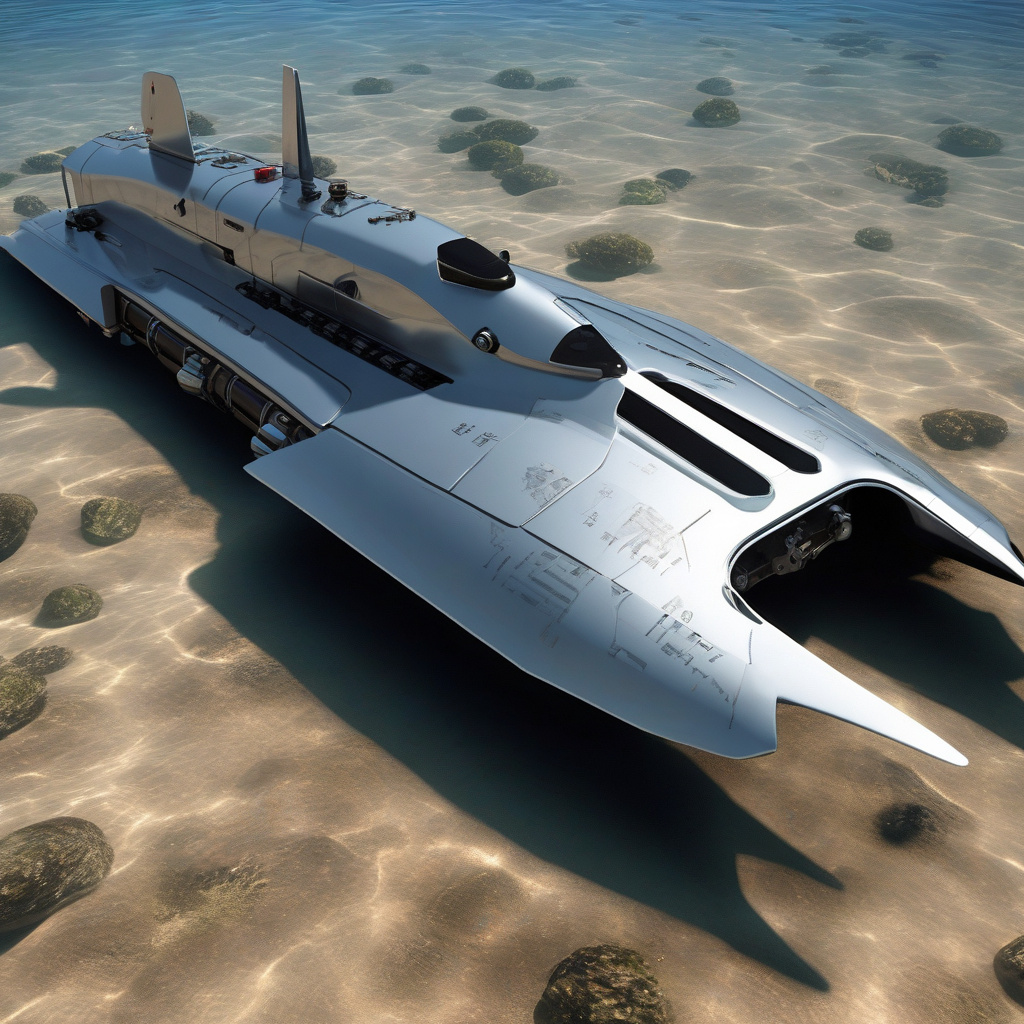China’s latest underwater unmanned systems have been described as disruptive and intelligent in a new breakthrough that has defense experts taking notice. The country recently unveiled an unmanned submersible with the capability of zero-radius turning, a feature that allows it to evade enemy sonar detection effectively. This technological advancement marks a significant milestone in underwater warfare capabilities and underscores China’s commitment to innovation in military technology.
The unmanned submersible, developed by Chinese researchers, showcases the country’s dedication to expanding its naval capabilities. With the ability to perform zero-radius turns, the submersible can navigate complex underwater environments with precision and agility, making it a formidable asset for military operations. By evading enemy sonar detection, the unmanned vehicle can operate stealthily, gathering critical intelligence and conducting reconnaissance missions without being detected.
China’s focus on developing advanced unmanned systems reflects a broader trend in modern warfare, where autonomous technologies play an increasingly prominent role. Unmanned vehicles offer several advantages over traditional manned platforms, including the ability to operate in dangerous or hard-to-reach areas without putting human lives at risk. Additionally, these systems can be deployed for extended periods, gathering valuable data and intelligence while remaining undetected.
The introduction of the zero-radius turning capability represents a leap forward in underwater maneuverability, giving China a strategic edge in naval operations. By incorporating cutting-edge technology into its unmanned submersible, China has demonstrated its commitment to staying at the forefront of military innovation. This development is likely to have ripple effects across the defense industry, spurring other countries to enhance their underwater capabilities to keep pace with emerging threats.
In addition to its military applications, the unmanned submersible could also have significant implications for scientific research and exploration. The ability to maneuver with zero-radius turning opens up new possibilities for underwater surveys, environmental monitoring, and deep-sea exploration. By leveraging this technology for civilian purposes, China could further solidify its position as a global leader in marine science and research.
As China continues to invest in cutting-edge technology and innovation, the unveiling of the unmanned submersible with zero-radius turning serves as a testament to the country’s growing expertise in autonomous systems. By pushing the boundaries of what is possible in underwater warfare, China is setting a new standard for naval capabilities and redefining the future of maritime operations.
In conclusion, China’s development of the unmanned submersible with zero-radius turning represents a significant advancement in underwater technology with far-reaching implications for military and civilian applications. By combining stealth, agility, and precision in a single platform, China has demonstrated its commitment to staying ahead in the ever-evolving landscape of modern warfare.
#China #UnmannedSubmersible #UnderwaterTechnology #MilitaryInnovation #AutonomousSystems












